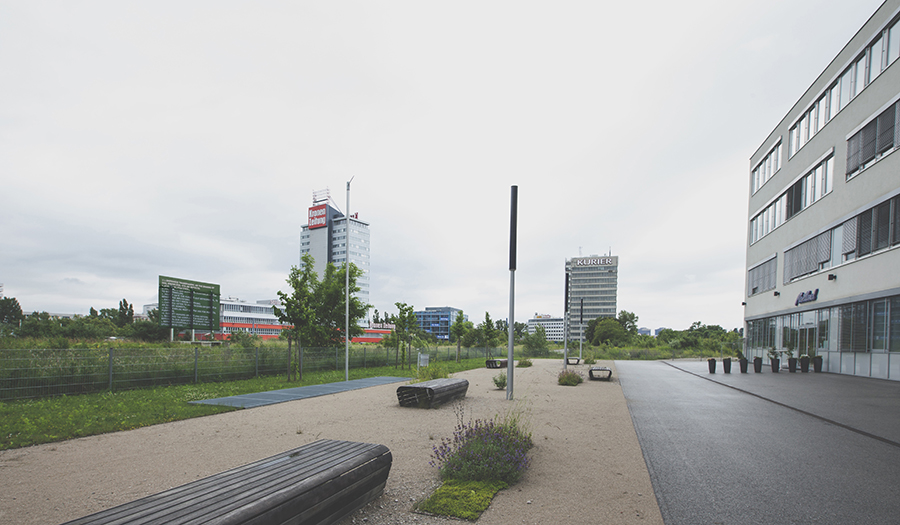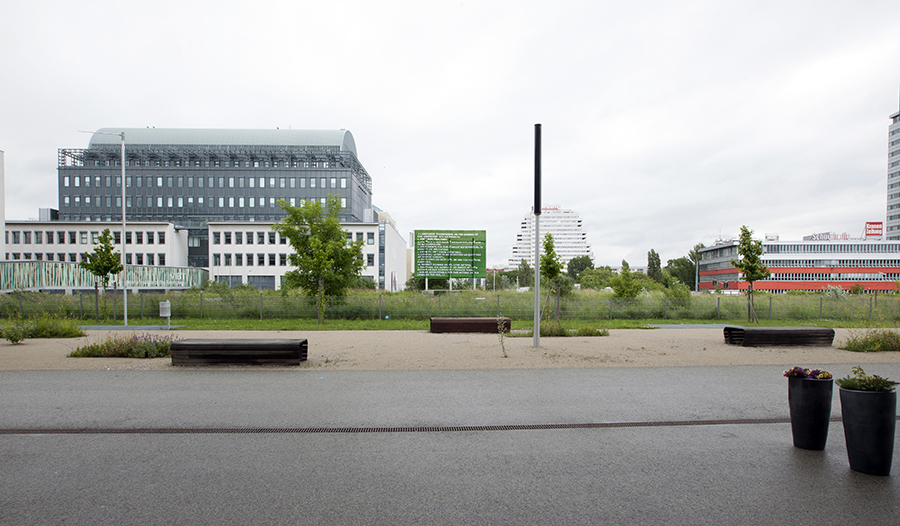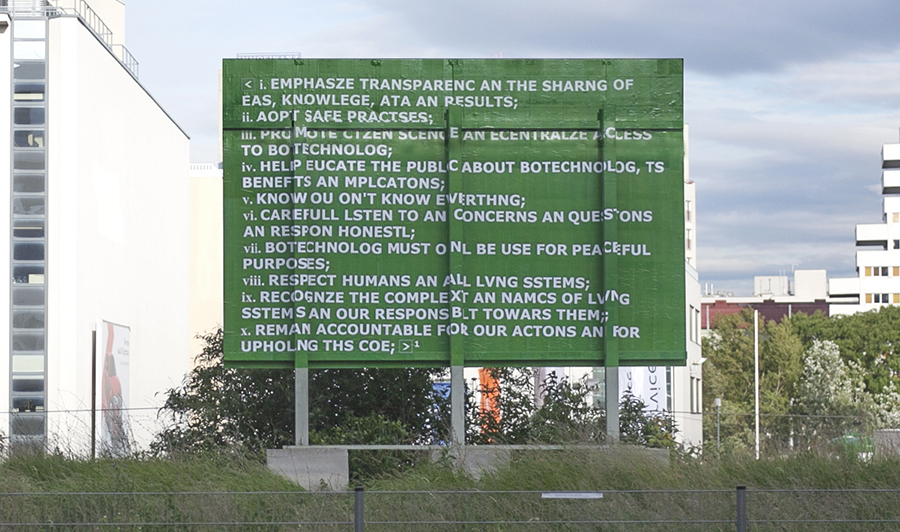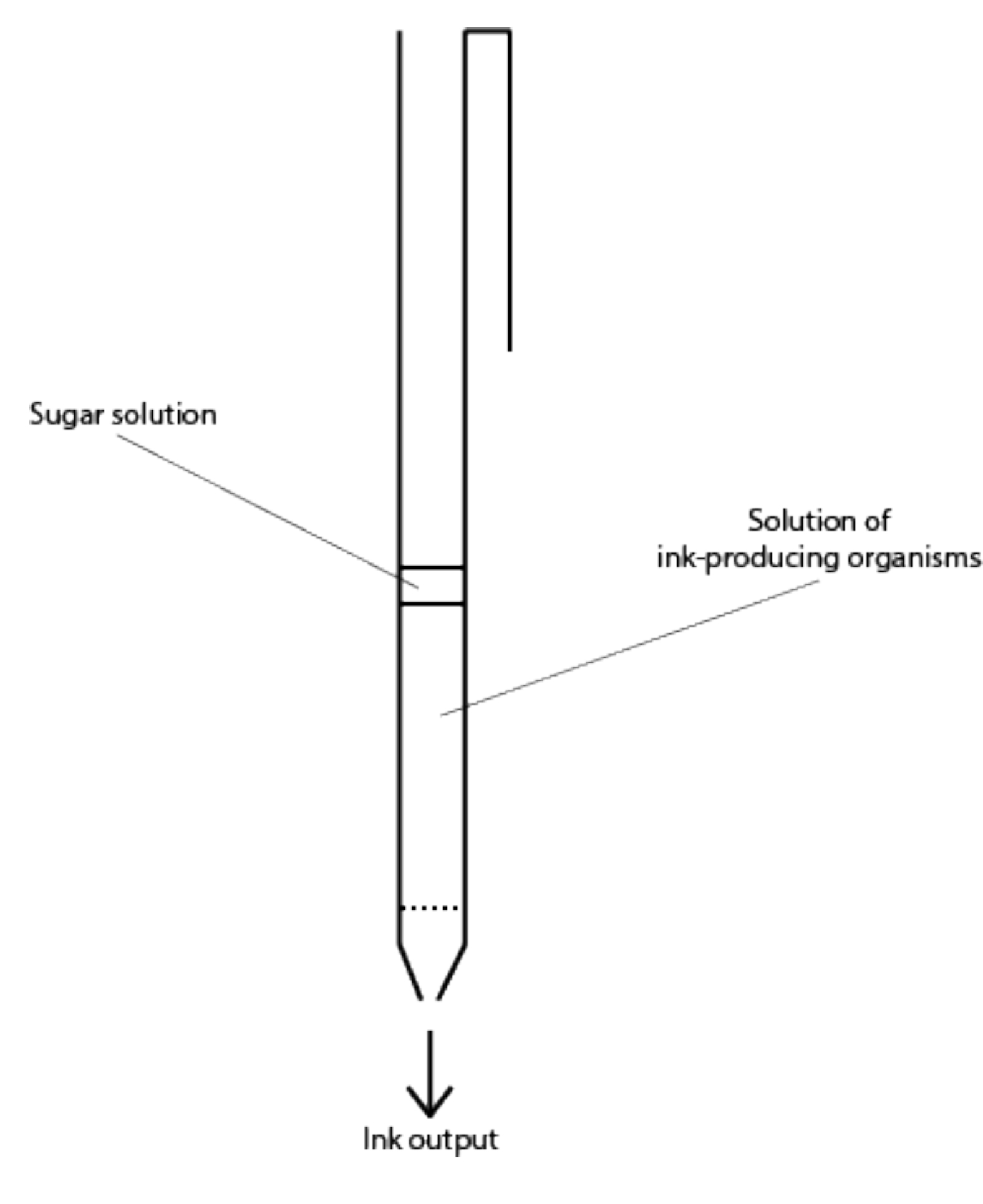DIYBio-text
i.) The inkjet printer method1:
1. Hack an old inkjet printer to print biomaterials
1.1. Remove all unnecessary plastic casing, ensuring that the printer remains functional
1.2. Switch off momentary switches for paper load and cover
1.3. Clean out ink cartridges with distilled water
1.4. Fill ink cartridge with X% arabinose solution (or chosen biomaterial e.g. antibiotics, enzymes, growth factors)
2.
Print the desired text onto filter paper
3.
Put the filter paper onto an agarose plate with a lawn of E. coli that we had engineered to carrying the pGLO plasmid. This plasmid carries the Green Fluorescent Protein (GFP), under control of an arabinose-sensitive promoter.
4.
Printed areas shine green under UV light
ii.) The yeast print method2:
1. Print or write the desired text onto acetate to use as a stencil
2.
In a sterile zone of a gas-stove flame, prepare the petri dish
2.1
Sterilise both parts of the petri dish over a gas-stove flame. Close and keep in the sterilized area.
2.2. dissolve by microwaving, 6.9 g of agar in 500 ml of distilled water.
2.3. Pour the Y% agar solution to fill 1/8th of the petri dish.
2.4. Close lid, and keep at room temperature to set.
3. Dissolve Xg of yeast in Y ml distilled water
4. Pipette 6(?) drops of the yeast solution into the prepared petri dish and spread across the agar.
5. Close and attach the stencil onto the lid.
6. P
lace under the UV lamp, in a light-proof box.
7. Set the timer as follows:




